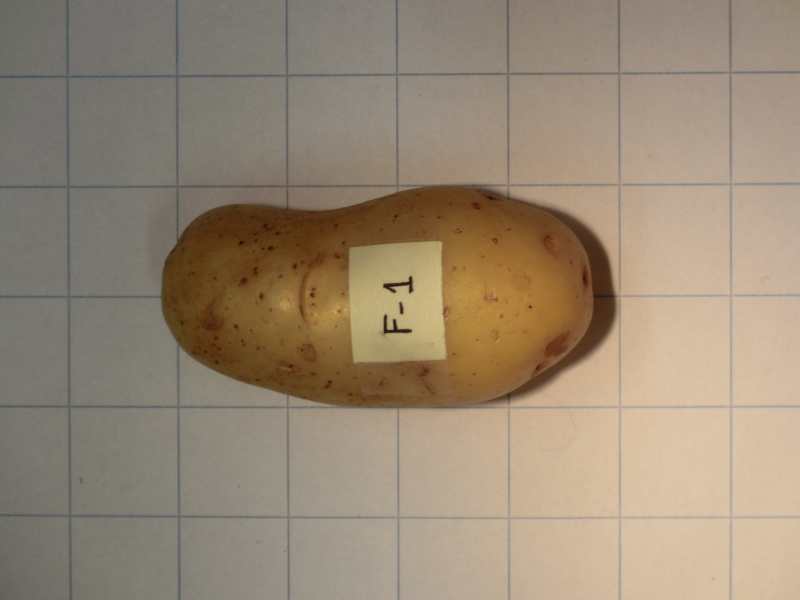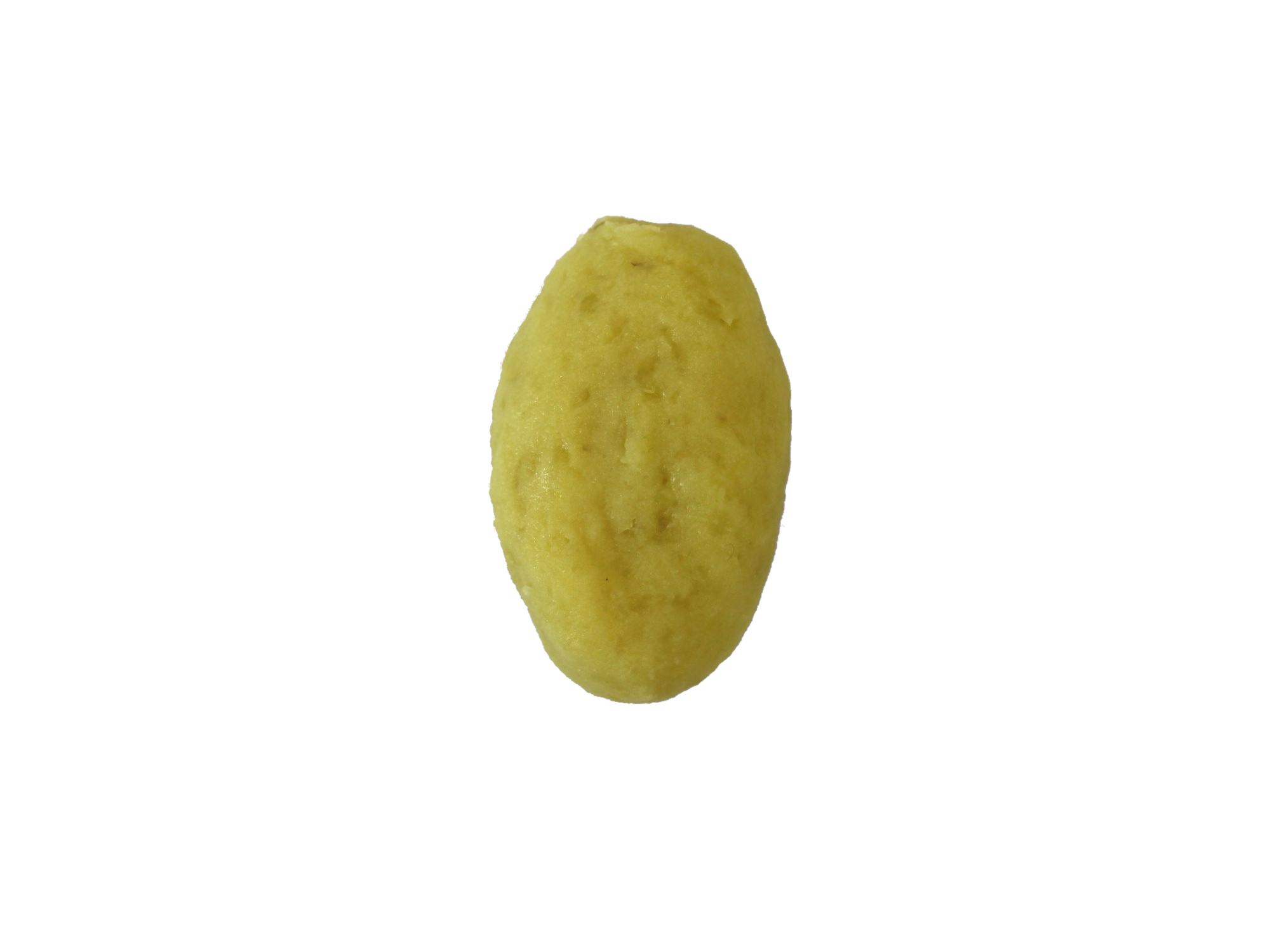

Participants: Gijs De Heij, Ana Carvalho, Anita, Stamatia Portanova, Ruben van de Ven, Julie Boschat Thorez
The people taking part in The Average Potato Project felt the need to abandon the abstraction of the online digital architectures, in which it is often difficult to interpret the abundancy of numbers, what they represent, where they come from, how they have been composed, what type of decision making generated them, etc.
That is why that chose a totally practical approach. They visited the nearest supermarket and bought three different types of potatos : Nicola (origin : Belgium), Princess (origin : The Netherlands) and Jazzy (orgin : France). They treated these in a digito-scientific way in order to generate a database. They weighted 3 x 10 potatos, measured them and cooked them, while collecting all possible numbers of the process in a digital file. Next, they calculated the average cut and height of the three separate types and of the entire collection. With these results they started cooking. They made mashed potatos with which they then created the general average potato and the average Nicola, Jazzy and Princess.
The experiment allowed for an interesting reflection on how data are created, what types of data can be collected, and what kind of decisions are taken in order to show, hide or delete certain types of data. Their conclusion : one can infinitely add data to a database. Moreover, they started to consider data as rational creatures that ask for rather imprecise approaches in order to obtain interesting results. How does one measure the size of potato, for example? Or how to guarantee that the form of an average potato is 'exact'?
Finally they started correlating the data and creating the first graphics, relating the three types of potatos with respect to their average in terms of their skin weight, cooking times and in their totality.
Visit the experiment.